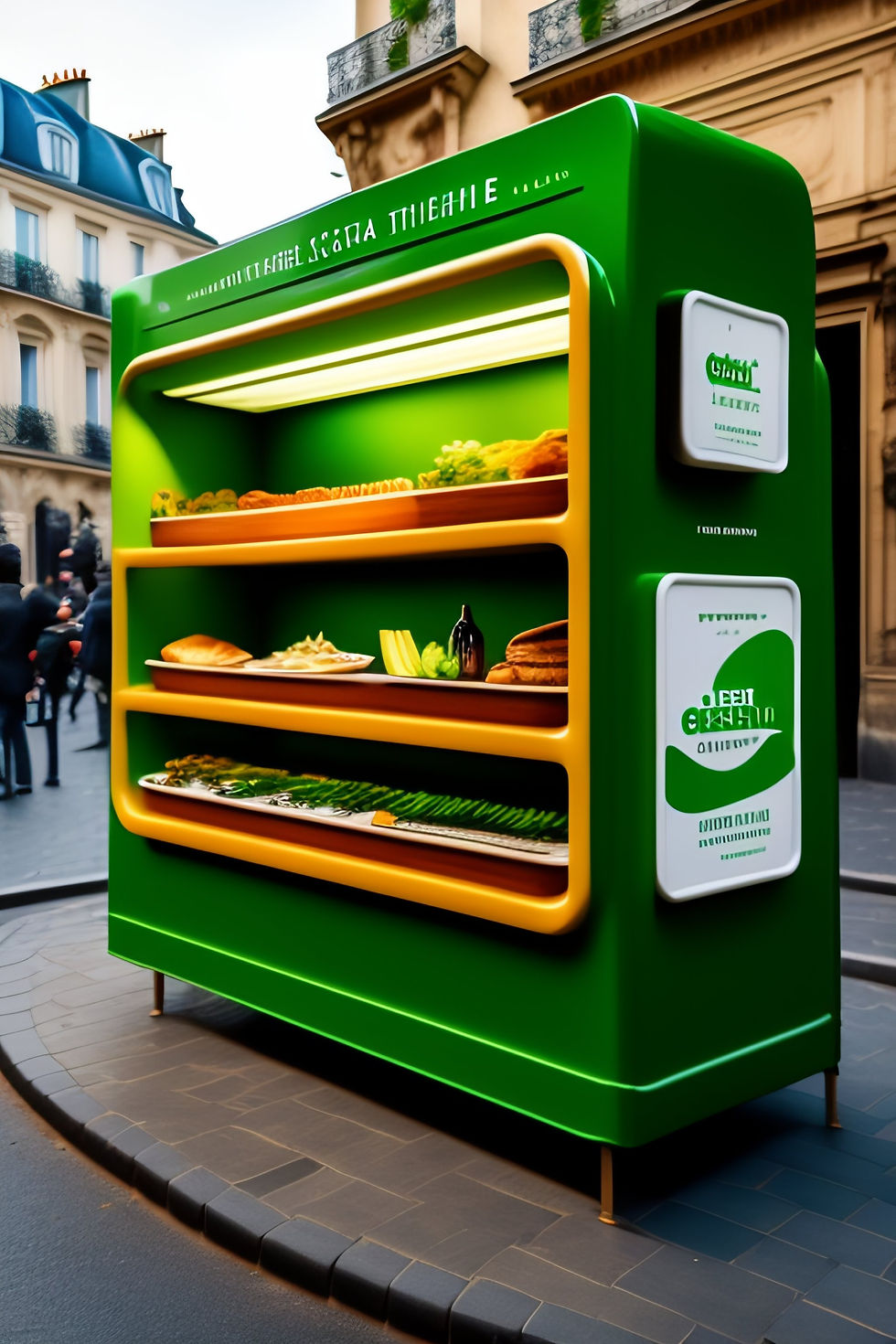Sustainability and Business Success: Making Your Restaurant Eco-Friendly
- Collaborate
- Oct 10, 2023
- 3 min read
Greetings, environmentally-conscious restaurateurs and sustainability champions! In an era where conscious consumerism is on the rise, making your restaurant eco-friendly isn't just about saving the planet – it's also a savvy business move. A commitment to sustainability can attract environmentally-aware customers, reduce operational costs, and boost your restaurant's reputation. In this blog, we'll explore in-depth strategies to help you make your restaurant eco-friendly while ensuring business success.

Sustainable Sourcing:
Sustainable sourcing is the foundation of an eco-friendly restaurant. Seek out local, organic, and ethically-sourced ingredients. Establish relationships with local farmers and suppliers who share your commitment to sustainability. This not only reduces your carbon footprint but also supports the community.
Energy Efficiency:
Implement energy-efficient practices throughout your restaurant. Invest in energy-efficient appliances and LED lighting. Install programmable thermostats and consider renewable energy sources such as solar panels to power your establishment. Regularly maintain equipment to ensure optimal efficiency.
Waste Reduction:
Minimizing waste is a significant part of sustainability. Implement a comprehensive recycling program for glass, plastic, paper, and other materials. Consider composting organic waste. Opt for reusable or biodegradable tableware and utensils to reduce single-use plastic.
Water Conservation:
Implement water-saving measures such as low-flow faucets and toilets. Train staff to use water efficiently in kitchen operations. Fix leaks promptly to prevent water wastage. Collect and reuse rainwater for landscaping, if feasible.
Sustainable Menu Design:
Craft a sustainable menu that showcases dishes made from locally-sourced, seasonal ingredients. Offer plant-based and vegetarian options to reduce the environmental impact of meat production. Clearly highlight sustainable choices on your menu to encourage eco-conscious dining.
Portion Control and Food Waste Reduction:
Implement portion control measures to minimize food waste. Train kitchen staff to reduce food prep waste through proper portioning and inventory management. Donate excess food to local charities or participate in food rescue programs to combat hunger and reduce waste.
Eco-Friendly Packaging:
Opt for eco-friendly packaging options that are biodegradable or recyclable. Encourage customers to bring their containers for takeout orders. Consider offering incentives for customers who bring reusable cups or containers.
Sustainable Interior Design:
If you're renovating or building a new space, consider sustainable interior design. Choose eco-friendly building materials, such as reclaimed wood or recycled materials. Incorporate energy-efficient heating and cooling systems. Use natural lighting to reduce the need for artificial lighting during the day.
Employee Training and Engagement:
Educate your staff about sustainability practices and their role in reducing the restaurant's environmental impact. Encourage employees to contribute ideas for sustainability improvements. Recognize and reward eco-friendly initiatives.
Engage with the Community:
Participate in community sustainability events and initiatives. Support local environmental organizations or sponsor eco-friendly programs in your area. Engage with customers through social media to showcase your commitment to sustainability and inspire others to adopt similar practices.
Track and Measure Progress:
Implement a sustainability tracking system to monitor your restaurant's eco-friendly efforts. Measure energy and water consumption, waste reduction, and carbon emissions. Regularly review your progress and set sustainability goals for continuous improvement.
Educate and Communicate:
Educate your customers about your eco-friendly practices. Share your sustainability journey through your website, social media, and in-house signage. Transparency builds trust and demonstrates your commitment to responsible dining.
Key Takeaways:
Source ingredients sustainably and locally.
Implement energy-efficient practices and equipment.
Minimize waste through recycling and composting.
Conserve water and promote efficient use.
Design a sustainable menu with eco-friendly choices.
Control portions and reduce food waste.
Use biodegradable or recyclable packaging.
Consider sustainable interior design practices.
Train and engage employees in sustainability efforts.
Engage with the community and support local initiatives.
Track and measure progress toward sustainability goals.
Educate customers and communicate your eco-friendly practices.

Comentarios